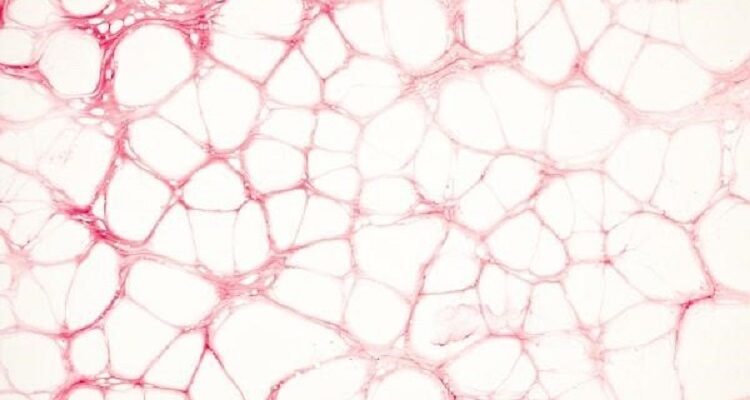The human body is a well-orchestrated machine made up of numerous processes and components that maintain functionality. NAD (nicotinamide adenine dinucleotide) and NADH are essential elements in these processes. A proper comprehension of the dynamics of NAD and NADH can help individuals make informed decisions about their health to maintain optimal functioning. In this article, we will delve deep into the roles of both NAD vs. NADH in bodily processes.
Table of Contents
Metabolism and Energy Production
Nicotinamide adenine dinucleotide (NAD) is a coenzyme that plays a fundamental role in various metabolic reactions. It facilitates the conversion of food into energy, as well as the transfer of electrons in the redox reactions carried out by cells. The alternation between NAD and its reduced form, NADH, helps maintain cellular processes and promotes overall health.
NADH is formed when NAD gains an electron from another molecule during a redox reaction. This process is followed by the introduction of NADH to the electron transport chain in the mitochondria, where it donates its electrons, fueling the production of ATP (adenosine triphosphate), the cell’s primary energy source. Thus, the two forms of NAD, its oxidized form (NAD) and reduced form (NADH), are crucial for maintaining the energy levels within the body.
Apart from energy production, these coenzymes also play essential roles in glycolysis and the tricarboxylic acid (TCA) cycle, making them indispensable for cellular functioning.
Maintaining Cellular Health
NAD and NADH are also involved in maintaining cellular health by supporting the activity of certain enzymes called sirtuins. Sirtuins require NAD for their functions, which include DNA repair, regulation of inflammation, and protection against cellular damage caused by oxidative stress.
In addition to supporting sirtuins, NAD aids in the activation of PARPs (poly ADP-ribose polymerases), enzymes responsible for detecting and repairing DNA damage. In this way, NAD helps maintain healthy cells and may also contribute to the prevention of certain age-related diseases.
As we age, the levels of NAD in our bodies naturally decrease, affecting cellular health and metabolic processes. One way to support the body’s NAD levels is by supplementing NAD.
Other Physiological Processes
NAD and NADH do not limit their influence on metabolism and cellular health. They also have a hand in various physiological processes such as gene expression, immune function, and the regulation of circadian rhythms.
NAD-dependent enzymes, such as sirtuins, also play a role in regulating the expression of specific genes, thus influencing various cellular processes. Moreover, NAD has been implicated to have essential functions in the immune system, primarily by regulating inflammation and maintaining the integrity of immune cells.
NAD is vital in controlling the sleep-wake cycle, also known as the circadian rhythm, by modulating the activity of clock genes. Disruption of NAD levels can lead to sleep disorders and affect overall health.
Potential Implications for Aging and Disease
Given the numerous roles of NAD and NADH in the body, researchers have argued that maintaining optimal levels of these coenzymes may have significant implications for healthy aging and disease prevention.
Studies have suggested that supporting NAD levels can play a protective role in age-related diseases such as neurodegenerative disorders and cardiovascular diseases. Moreover, since NAD is involved in DNA repair and cellular defense mechanisms, it is hypothesized that adequate NAD levels may also offer some protection against cancer development.
However, it’s essential to note that more research is needed to determine the exact impact of NAD and NADH on aging and disease prevention, as well as the best ways to maintain optimal levels of these coenzymes throughout one’s life.
Altogether, NAD and NADH play essential roles in various bodily processes, including metabolism, energy production, cellular health, gene expression, immune function, and circadian rhythm regulation. Understanding their roles and maintaining optimal NAD levels may contribute to healthy aging and even disease prevention.




















Comments